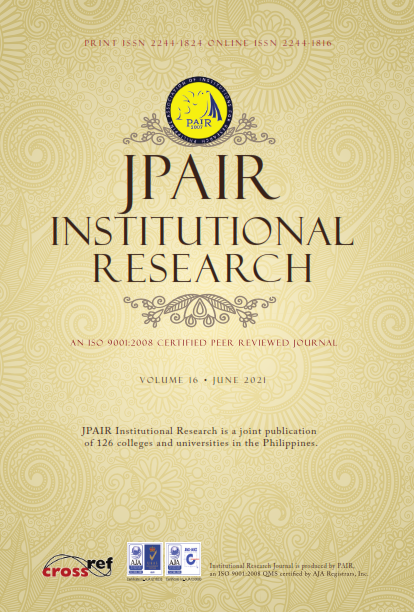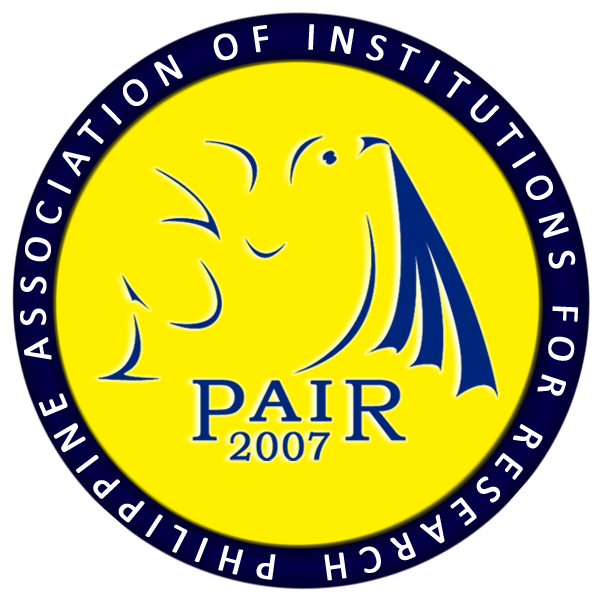Saving Angels Program: An Intervention for Students at Risk of Dropping Out (A Community of Practice Action Research)
DOI:
https://doi.org/10.7719/irj.v16i1.543Keywords:
Social Science, Dropout, Effectiveness, SARDO, students-at-risk-of-dropping-out, PhilippinesDisciplines:
ReadingAbstract
The Department of Education and the Schools Division of Camarines Sur, in its support to the mission and vision of the department to keep students in school, Bagacay National High School came up with the Saving Angels program, a community of practice for excellent school’s project that addressed the Students-at-risk-of-Dropping out. The Saving Angels initiative looked into the dropout rate of the school, the level of effectiveness of the program, and its effect on the dropout rate. The research followed a descriptive-quantitative design where the level of effectiveness was taken from a survey questionnaire, whereas the dropout rate was computed at the end of each quarter. The interventions conducted in this study are Teacher’s Bank, Model Class, Hiking Society, Gulayan sa Bawat Bagacayenong Tahanan, and Ambassadors of Academic Instruction. These interventions targeted the generation of instructional materials, classroom modification and attendance monitoring, student home visitation, open vegetable garden, and teacher leaders and heroes in instruction. A learning action cell served as the backbone of the sharing. The said interventions were conducted from June 2018 to February 2019. The program resulted in a decrease of the school dropout rate from 10.43% (52 students) in 2016-2017, 3.2% (20 from 623) in 2017-2018, to only 2.8% (20 out of 717) of 2018-2019. The program continues and grows to sustain the development of the Bagacañeno learners.
References
Blount, T. (2012). Dropout prevention: Recommendations for school counselors. Journal of School Counseling, 10(16), n16. Retrieved from https://eric.ed.gov/?id=EJ981196
Downloads
Published
Issue
Section
License
Copyright (c) 2021 Joanna Marie O. Yocampo

This work is licensed under a Creative Commons Attribution-NonCommercial 4.0 International License.
Open Access. This article, published by JPAIR Multidisciplinary Research, is licensed under a Creative Commons Attribution-Noncommercial 4.0 International (CC BY-NC 4.0). You are free to share (copy and redistribute the material in any medium or format) and adapt (remix, transform, and build upon the material). Under the following terms, you must give appropriate credit, provide a link to the license, and indicate if changes were made. You may do so in any reasonable manner, but not in any way that suggests the licensor endorses you or your use. You may not use the material for commercial purposes.












